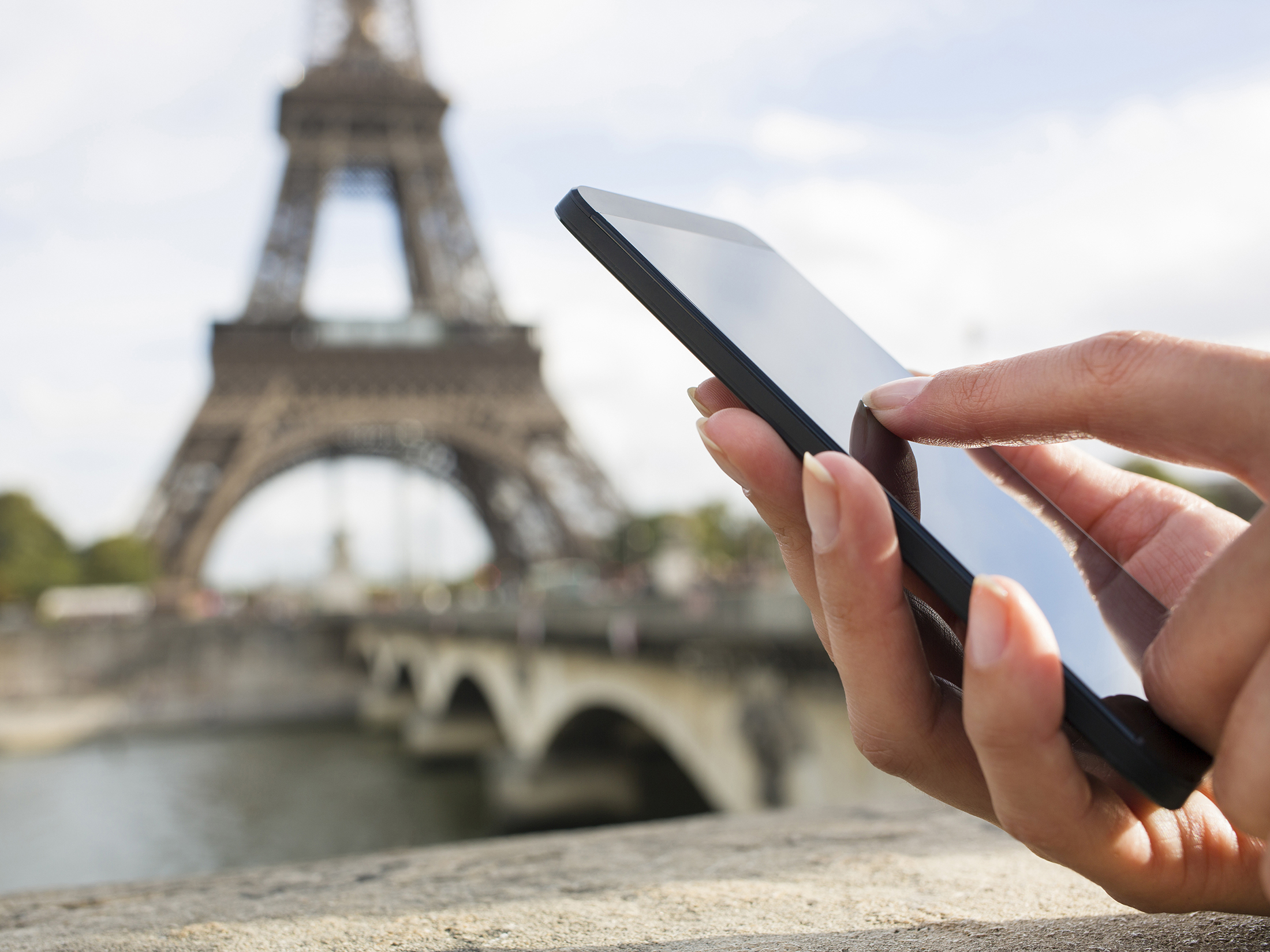
What’s the exchange rate supposed to be?
How do I convince the border guard I’ve got an onward ticket?
Which subway station do I need?
Does that sign above the food cart say “fried chicken” or “grilled rat”?
And on it goes. Mind you, it’s not just the first day or two in a place that can leave a traveller connection-less. Long overland journeys will often leave you without cell service for several hours.
Perhaps your device is locked and it costs you a fortune to use anything other than Wi-fi. Perhaps you’d prefer to talk to the people around you rather than having your phone explode with notifications every few seconds.
Regardless, even in this increasingly-connected world, there’ll be plenty of times on the road when you can’t just get online. The good news is that there are literally dozens of travel apps out there that remain useful even when that Internet lifeline gets cut off.
Bookings
Let’s start with Tripit, a lifesaver on so many occasions. The app takes your email confirmations for flights, accommodation, car rental and more, and turns them into a detailed trip itinerary. I’ve lost count of the number of times I’ve needed to pull out the app to find confirmation numbers, hotel addresses and more.
Currency
There are many currency conversion apps out there, but XE Currency is one of the oldest and still one of the best. I’ve used it for years to work out how much money I should be getting out of the ATM, how much dinner is about to cost me and pretty much any other transaction a traveller could make.
Notes
Sometimes you don’t need anything fancy, just a simple little app to take notes of what’s going on. Android devices come with Google Keep, which lets you type some text or take a photo you can then annotate. Similar features are available for other platforms with Evernote.
Reading
Let’s face it, long flights, layovers and bus rides can get pretty dull no matter how good the view out the window is. I find those drawn-out trips are a great time to catch up on my reading, and do so in a few different ways.
I regularly read around 50 sites via Feedly, which is great – but the app doesn’t work offline. To get around that, I use gReader (Android) to sync unread articles from Feedly to my phone, which I can then read without a connection. Byline is even better, for those with an Apple device.
Navigation
Start with Google Maps. You’ve probably got it installed already, and an update earlier this year added the ability to save an unlimited number of offline maps. Since GPS doesn’t rely on the Internet, that magic blue dot will still show you where you are.
CityMaps2Go, while not free, has more offline features including address searches. Here (formerly Nokia Maps) may be the best of the lot.
Guides
Paper guidebooks used to be the ultimate offline travel accessory, but even they have made the transition to the digital age. Start with Triposo, a multi-function app that takes crowd-sourced information from Wikitravel, Wikipedia and several other sites, and wraps it up into a slick, useful offline guide.
Translation
Heading somewhere where you don’t speak the language? Sure, you can (and should) pick up a phrasebook to get the basics down, but there are many other ways your phone can help you figure out what’s going on.
Both the Android and iOS versions of Google Translate let you download many different language packs for offline use, making quick translations a snap. You can also point the phone camera at a sign or menu for real-time visual translation. You’ll get more features with an Internet connection, but the basics work just fine without one.
